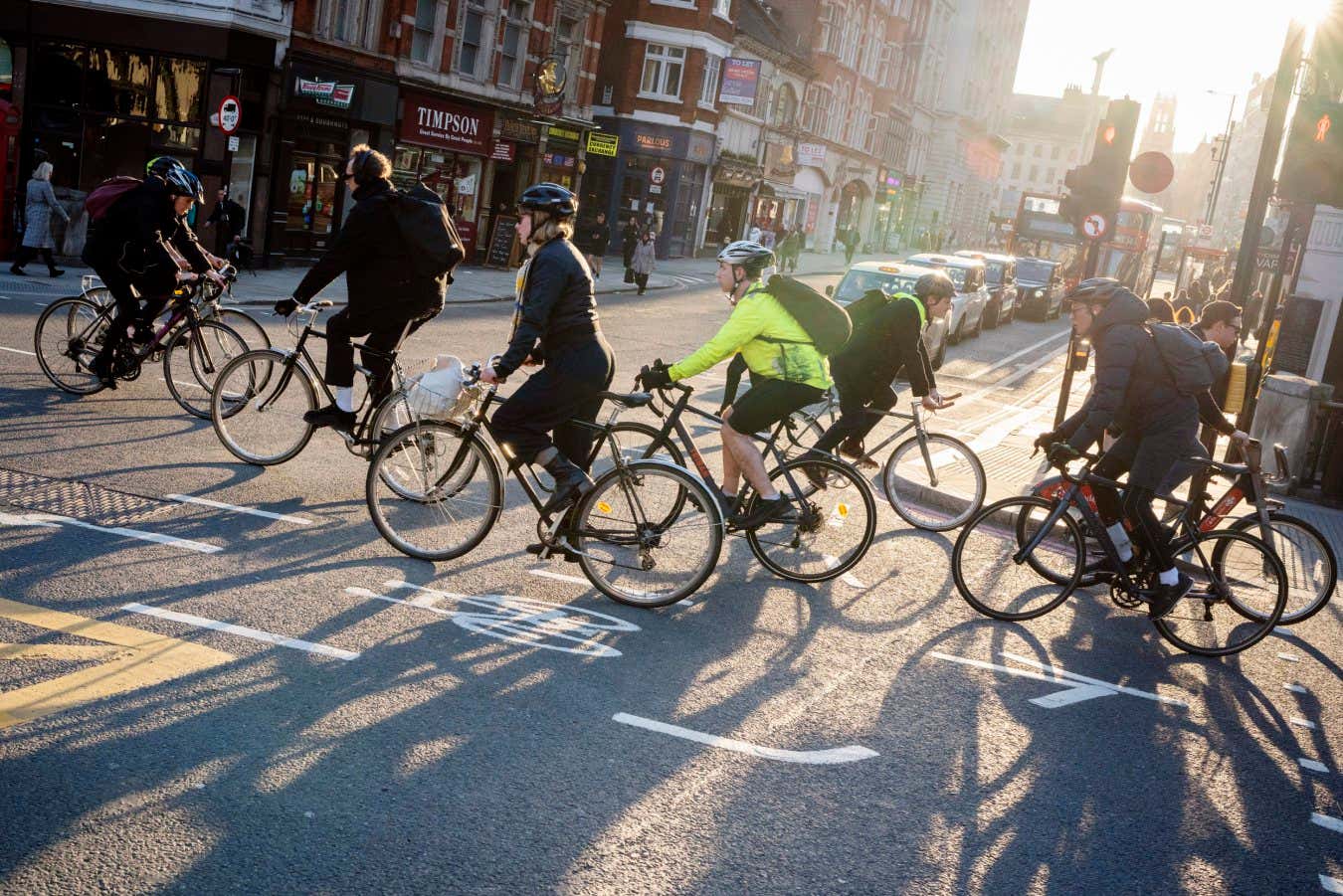Now Reading: Will Robotaxis Make Cycling Safer?
1
-
01
Will Robotaxis Make Cycling Safer?
Will Robotaxis Make Cycling Safer?

rapid Summary
- Driverless taxis are set to operate in London starting with pilot programs in 2026,backed by the UK government.
- By late 2027, the Automated Vehicles Act will offer a legal framework for autonomous vehicles and hold manufacturers responsible for accidents instead of drivers.
- The government claims driverless technology can boost safety, as human error contributes to 88% of road accidents worldwide.
- In contrast to unpredictable human actions like texting or nodding off while driving, AI relies on sensors and algorithms but has shortcomings such as struggles during turns or low light conditions.
- Globally, around 1.2 million people die annually in road incidents; last year London saw 130 deaths including pedestrians and cyclists.
- Ethical concerns arise regarding tech firms potentially prioritizing efficiency over safety parameters for autonomous taxis (e.g.,proximity to cyclists). The issue of AI unpredictability is also highlighted.
- studies suggest driverless cars may reduce road deaths compared to human drivers but remain imperfect solutions due to intrinsic risks in urban transport systems dominated by large vehicles like SUVs or taxis.
Indian Opinion Analysis
The advent of robotaxis represents an exciting yet complex chapter in urban transportation evolution globally-even India can draw insights from this example as it manages its own traffic woes which include high accident rates and fatality statistics paralleling international trends data specified ranging attributed percentage toward main causes nearby range similar . If we’d context transition seen system teams able execution larger public safer implement prognostic
Stay Informed With the Latest & Most Important News
Previous Post
Next Post
Loading Next Post...
























